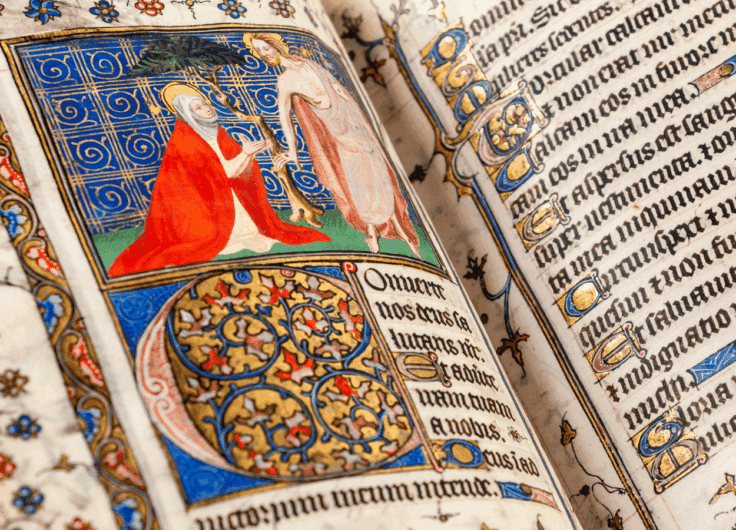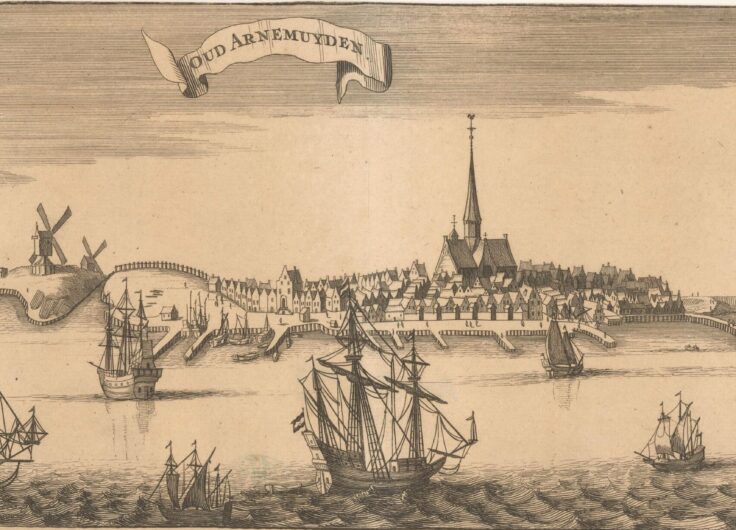arts
Hieronymus Bosch – Both Trendsetter and Representative of His Time. Reflections on the Significance of His Oeuvre
18 March 2019 1 min. reading time
(Manfred Sellink) THE LOW COUNTRIES - 2016, № 24, PP. 124-133
This is an article from our print archive.
Download this article










